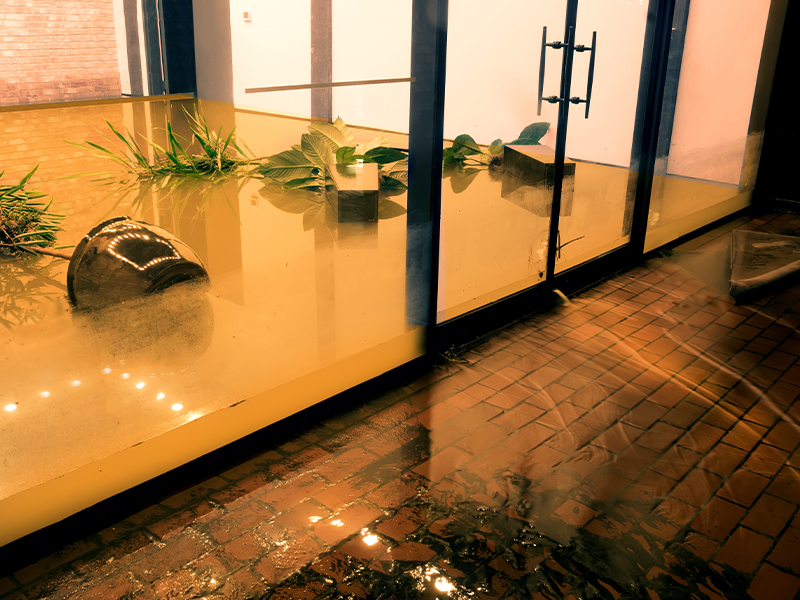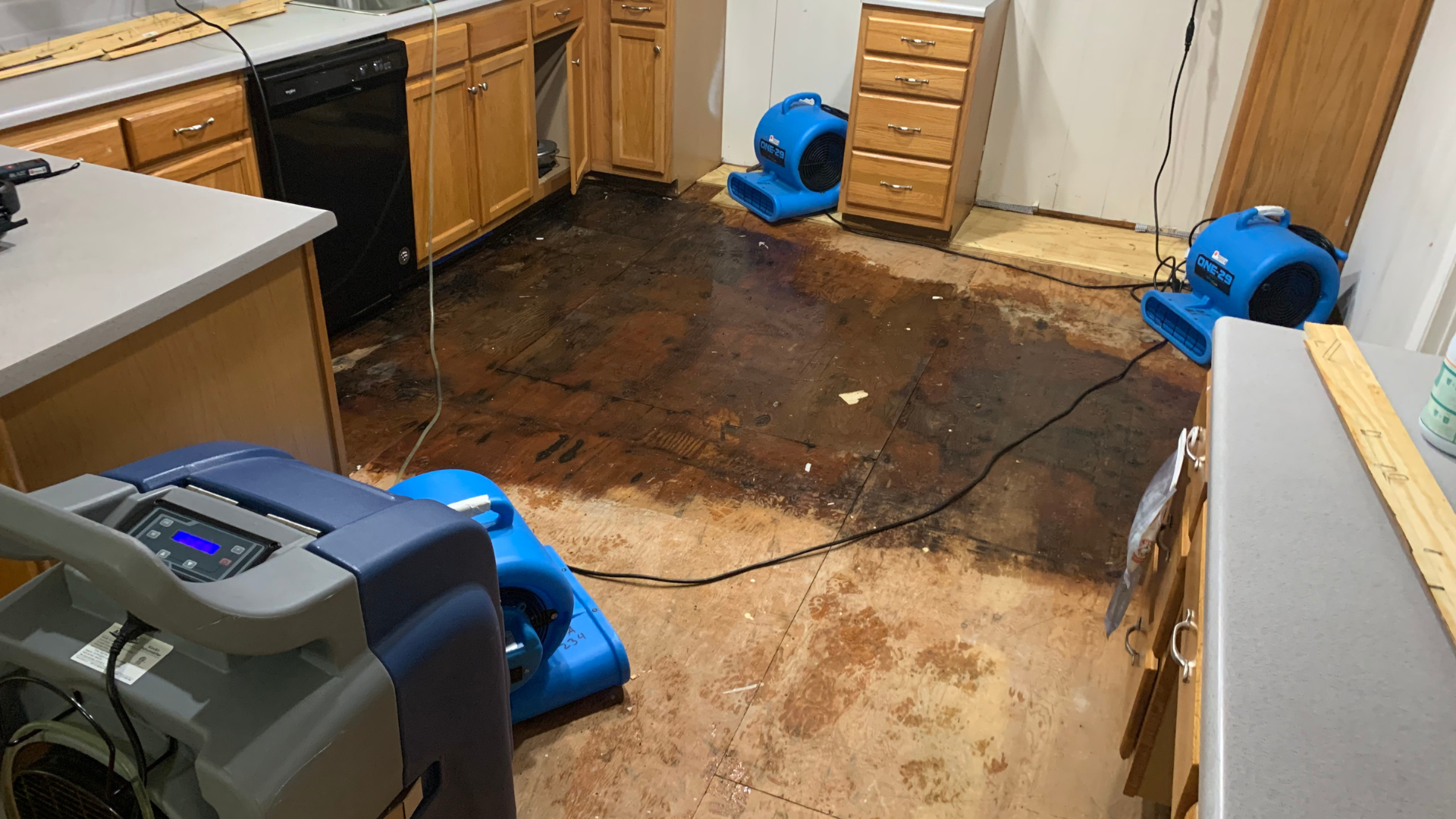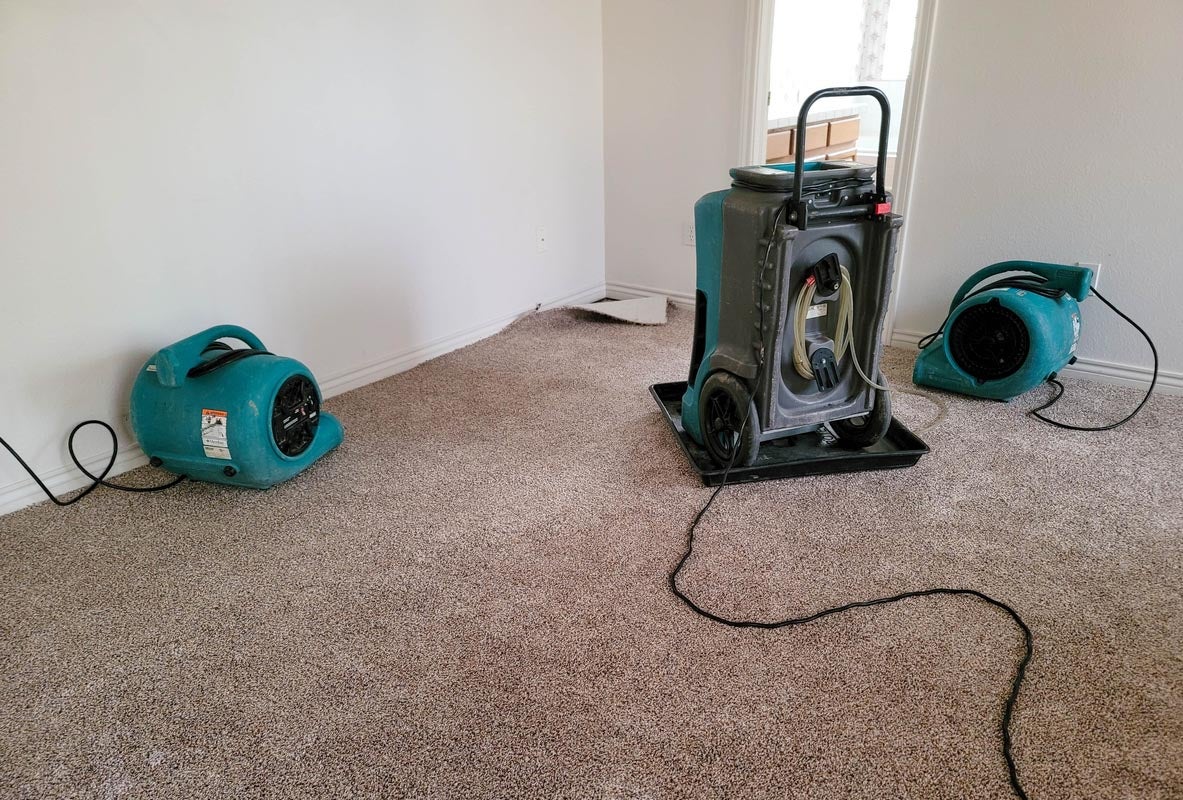Leak Detection Philadelphia: Very Early Treatment for Property Defense
Leak Detection Philadelphia: Very Early Treatment for Property Defense
Blog Article
Emergency Situation Water Damage Repair: Swift Action to Decrease Further Damages
What exactly does emergency water damage restoration involve? By comprehending the urgency and extensive nature of this process, you will certainly gain useful understandings right into just how specialists take on emergency water damages, guaranteeing a swift and effective reaction.
Relevance of Swift Reaction
Swift reaction is of utmost importance in water damage remediation to decrease further damage and minimize potential dangers. The longer water sits in a building, the even more damages it can create.
Among the major factors quick reaction is important in water damages restoration is to prevent the growth of mold and mildew. Mold can start to expand within 24 to 48 hours of water direct exposure, and as soon as it takes hold, it can spread rapidly throughout the afflicted location. Mold not just causes further damage to the framework of the structure but additionally poses health dangers to occupants. By responding promptly, professionals can completely dry out the area and inhibit the growth of mold and mildew, reducing the need for considerable remediation and ensuring the safety and security of those included.
In addition, a punctual reaction can aid salvage and bring back useful possessions and possessions - mold inspection philadelphia. Water damages can be ravaging, specifically when it impacts personal items of nostalgic or financial worth. Performing quickly enables specialists to assess the damage and execute suitable restoration methods to salvage as much as feasible. This not just helps to decrease economic losses however additionally brings satisfaction to those impacted.
Evaluating the Extent of Damages

Throughout the assessment, restoration professionals extensively analyze the afflicted area to identify visible indicators of damage, such as water stains, distorted products, and mold development. They also use specific devices to discover surprise damages, such as moisture meters and thermal imaging cameras. This thorough assessment permits them to accurately establish the extent of the damage and create a tailored reconstruction strategy.
Assessing the extent of water damages is essential because it helps experts prioritize their efforts. They can determine areas that call for instant focus, such as standing water elimination and drying, to protect against additional damages and minimize the threat of mold and mildew growth. They can additionally determine the areas that need repair services or substitute, making certain that no damage goes untreated or unnoticed.

Water Extraction and Drying Refine
The water extraction and drying procedure is a crucial action in water damage remediation, as it entails the elimination of excess water and the thorough drying out of the afflicted area to avoid additional damage and reduce the danger of mold and mildew growth. After analyzing the level of the water damage, the following action is to remove the water from the affected area. This is typically done making use of specific equipment such as vacuums, dehumidifiers, and pumps. These tools are made to effectively and efficiently get rid of water from various surface areas, including floorings, walls, and carpets.
This action is crucial in avoiding secondary damage, such as structural damages and the development of mold and mildew and mildew. The drying out procedure may take a number of days, depending on the extent of the water damage and the materials entailed.
It is essential to ensure that the damaged area is totally dry before waging any kind of repair work or reconstruction. Failing to extensively dry out the location can result in lasting issues, including damaged structures, mildewy odors, and the find out here now development of mold and mildew and mildew. As a result, specialist water damage reconstruction companies use wetness detection equipment to make certain that the afflicted area is entirely dry prior to proceeding to the following action.
Mold Prevention and Remediation
Reliable mold prevention and remediation are important in water damage repair to ensure the safety and honesty of the affected location. home inspector philadelphia. When water damages takes place, whether from a burst pipeline, flooding, or a dripping roofing, it produces an optimal setting for mold growth. Mold can start to create within 24 to 48 hours after water damages, and if left without treatment, it can spread quickly and trigger significant health and wellness risks
To avoid mold development, it is essential to attend to water damages without delay. The initial action is to identify and fix the source of the water invasion.
In cases where mold and mildew development has actually currently taken place, remediation is essential to remove the mold and stop its return. This entails the careful removal and disposal of damaged materials, such as drywall or rug, to make certain that all traces of mold and mildew are eliminated. It is necessary to note that mold removal need to be carried out by experts that have the essential training and equipment to safely manage and get rid of mold.
Bring Back the Affected Area

First of all, it is necessary to completely dry out the area to avoid any type of more damages and to prevent the development of mold and mildew and mold. This may include making use of specialized drying devices, such as dehumidifiers and industrial-grade followers, to remove all moisture from the damaged surfaces.
Once the location is entirely dry, the remediation procedure can begin. This might involve changing or repairing damaged structural elements, such as flooring, drywall, or ceiling tiles. It is very important to resolve any underlying problems that may have triggered the water damages, such as leaky pipes or defective pipes, to stop future incidents.
Additionally, restoring the afflicted area might likewise consist of painting wall surfaces, replacing harmed fixtures, and extensively cleaning and sterilizing the space. This ensures that not only is the area structurally sound, yet it is likewise visually pleasing and risk-free for occupancy.
Final Thought
Examining the extent of damage allows for efficient water extraction and drying procedures to be executed. On the whole, timely action and thorough remediation measures are crucial to alleviating the adverse impacts of water damages.
Swift response is of utmost importance in water damages remediation to minimize additional damage and reduce possible risks.During the assessment, repair experts completely examine the afflicted news area to determine noticeable indications of damage, such as water spots, warped materials, and mold and mildew growth.The water extraction and drying procedure is an important step in water damages reconstruction, as it entails the elimination of excess water and the thorough drying of the affected area to stop site further damage and mitigate the threat of mold growth. After assessing the degree of the water damage, the following step is to remove the water from the affected location.Reliable mold and mildew avoidance and removal are critical in water damages remediation to guarantee the security and integrity of the affected location.
Report this page